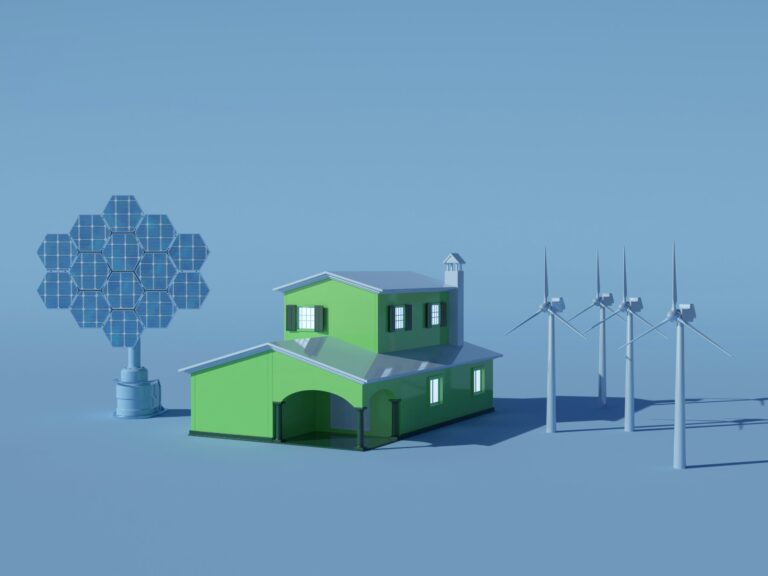As of February 1, 2023, a growing trend in the housing market has emerged, fueled by a surge in eco-conscious buyers who are increasingly prioritizing sustainability in their home searches. A report from the Green Building Council revealed that sustainable neighborhoods are gaining significant traction, with more homebuyers opting for energy-efficient, environmentally friendly communities. This shift is being driven by a combination of homebuilders, environmental organizations, and the buyers themselves, who are recognizing the long-term benefits of green living.
A pivotal moment in this shift was the rise of residential communities designed with sustainability at their core. These neighborhoods are integrating eco-friendly features such as shared solar panels, rainwater harvesting systems, and walkable green spaces. Not only do these features help reduce the carbon footprint of each home, but they also foster a sense of environmental responsibility and community among residents. By living in a green neighborhood, individuals are able to minimize their personal environmental impact while enjoying the benefits of energy-efficient living.
In response to this growing demand, developers are increasingly incorporating sustainable features into new residential projects. From energy-efficient homes to communal spaces that promote environmental consciousness, these green communities are attracting a wide range of homebuyers, particularly those who seek to make environmentally responsible choices in all aspects of their lives. The growing popularity of these neighborhoods reflects a shift toward a more sustainable lifestyle, with many buyers seeing eco-friendly homes as an investment in both the planet’s future and their own well-being.
The impact of this trend is expected to be long-lasting, with sustainable neighborhoods becoming more mainstream. As buyers continue to demand environmentally responsible living spaces, developers will likely place even more emphasis on sustainability in their future projects. Homes that reduce environmental impact while enhancing the quality of life for residents will become a focal point of real estate development, leading to a fundamental shift in how communities are designed. Green neighborhoods may eventually set the standard for residential living, reshaping the way homes are built and how communities are organized.
In addition to the environmental benefits, living in a sustainable neighborhood can also improve the overall quality of life for residents. Green communities often offer improved air quality, reduced utility costs, and greater access to nature through parks and green spaces. These factors not only contribute to the health and well-being of individuals but also foster a strong sense of community and shared values among residents.
In conclusion, the rise of sustainable neighborhoods marks a significant shift in the housing market, driven by eco-conscious buyers who are seeking homes that align with their values. As demand for these green communities continues to grow, developers are likely to focus on incorporating more sustainable features into new homes and neighborhoods. Over time, eco-friendly living could become the new norm, influencing the way homes are built and transforming the residential real estate landscape for years to come.
